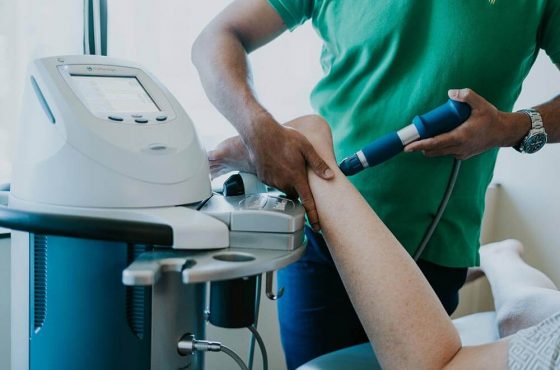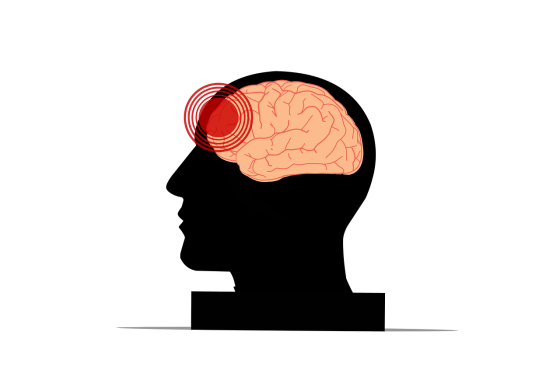Intramuscular Stimulation Management of Pain
Intramuscular Stimulation Management of Pain
Intramuscular stimulation (IMS), functional dry needling, and acupuncture are all different needling techniques that many physiotherapists have put in their toolkits. When used appropriately, accompanying an exercise-based treatment regimen, needling techniques can help clients achieve their goals. IMS is particularly effective in the management of chronic pain and in this post we want to help clients understand the mechanism behind that.
Chronic pain can occur with either ongoing trauma or inflammation such as occurs with rheumatoid arthritis or it can occur in the absence of ongoing trauma ( e.g. post MVA, tennis elbow, fibromyalgia, myofascial pain). Intramuscular Stimulation Management of Pain treats chronic pain of the latter origin. This pain is neuropathic pain. Neuropathic pain results when the nerves malfunction following relatively minor trauma. This leads to supersensitivity in the tissues that those nerves supply, most noticeably (for patients) the muscles. The result of the nerve and tissue supersensitivity is pain, even when extensive medical tests show there is “nothing wrong”. In the muscle tissue, this supersensitivity leads to shortening.
When this muscle shortening occurs around the spinal muscles, compression of the disc, spinal joints and consequently the spinal nerves can occur, creating a vicious cycle of pain and dysfunction.
Because the nerves affected not only supply the muscle tissue but supply the skin, organs etc, many other, often un-noticed effects of neuropathy can be seen upon examination of patients with chronic pain. These effects can include:
- Coldness of the skin in patchy areas
- Goosebumps
- Excessive perspiration over the painful area
- Often there is excess fluid in the subcutaneous tissues (under the skin), as in trophedema
- Localized hair loss
- Brittle nails
- Psoriasis.
Intramuscular Stimulation Management of Pain involves the therapist using an acupuncture needle to release the shortened muscles around the spine. The subsequent release of tension and increased local blood flow allows for normal nerve and muscle function. The client may then have more success loading the muscles and joints with prescribed exercises.
If you want to start on the path to pain-free movement, book a session to see a Burrard Physiotherapist today!
Book Now



